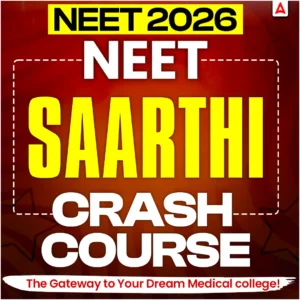The Kinematics is one of the most important chapters in the NEET Physics Syllabus 2026 that an aspirant needs to study and prepare for the NEET Exam 2026. All the aspirants for the exam need to prepare for the exam by studying all the important topics and chapters as mentioned by the NTA in the NEET Syllabus 2026.
To assist aspirants with their preparations for the NEET Exam, we have shared the NEET Physics MCQs for Kinematics Chapter in the article below. These MCQs are prepared based on the type of questions asked over the year to guide and support aspirants with their exam preparations.
NEET Physics MCQs for Kinematics Chapter
The National Testing Agency, which is expected to conduct the NEET Exam 2026 in May 2026, has released the NEET Physics Syllabus 2026 at its official website, mentioning Kinematics as one of the main chapters. All the aspirants for the exam need to note that the chapter covers the description of motion without considering the forces that cause it, focusing on concepts like position, displacement, distance, speed, velocity, and acceleration. It is important that all the aspirants must complete their preparations for the exam by understanding all the topics mentioned in the chapter and by solving as many questions as they can to complete their exam preparations.
Understanding Kinematics: Key Concepts
Kinematics is a very important topic in the NEET Physics Syllabus that deals with the study related to the Motion in One Dimension, Motion in Two Dimensions, Circular Motion, etc. All the aspirants, before solving the NEET Physics MCQs for Kinematics Chapter must start by understanding the basics of the Kinematics chapter, as it will help them get the right answers to all the questions and complete their preparations for the exam.
Below, we have detailed some of the topics covered in the Kinematics Chapter in the NEET Syllabus for Physics section:
1. Motion in One Dimension
- Distance and Displacement: Distance refers to the actual path length traveled, while displacement is the shortest path between two points.
- Speed and Velocity: Speed is the rate at which an object covers distance, while velocity includes both speed and direction.
- Acceleration: The rate at which velocity changes with time. Uniform and non-uniform acceleration are key concepts to understand.
- Equations of Motion: The three primary equations that describe the motion of an object with constant acceleration:
2. Motion in Two Dimensions
- Projectile Motion: Describes the motion of an object under the influence of gravity after it is projected with an initial velocity.
- Relative Velocity: The velocity of an object as observed from a particular frame of reference.
3. Circular Motion
-
Involves the motion of an object along a circular path. Key quantities include centripetal force, angular velocity, and angular acceleration.
Year Wise NEET Physics MCQs for Kinematics Chapter
Below, we have added the Year Wise NEET Physics MCQs for Kinematics Chapter so that all the aspirants of the exam can check the year wise comparison and start preparing accordingly. Click on the year wise links below:
| Year Wise NEET Physics MCQs for Kinematics Chapter | |
| Year | Links |
| 2014 | Click Here |
| 2015 | Click Here |
| 2016 | Click Here |
| 2017 | Click Here |
| 2018 | Click Here |
MCQs for Kinematics for NEET with Answer
Below, we have added some of the questions that aspirants can have a look to get an overview and understanding of the types of questions to be asked from them by the authorities in the main exam paper.
Question 1:
A car starts from rest and accelerates uniformly at
. What will be its velocity after 5 seconds?
a) 10 m/s
b) 12 m/s
c) 20 m/s
d) 15 m/s
Answer:
Using the first equation of motion:
Since the car starts from rest,
,
, and
,
Thus, the correct answer is a) 10 m/s.
Question 2:
A stone is thrown vertically upwards with a velocity of 20 m/s. What is the maximum height attained by the stone? (Take
)
a) 10 m
b) 20 m
c) 30 m
d) 40 m
Answer:
Using the second equation of motion at the maximum height, where the final velocity
:
Here,
,
, and
,
Thus, the correct answer is b) 20 m.
Question 3:
A body is moving with a constant velocity of 4 m/s. The distance traveled by the body in 5 seconds is:
a) 15 m
b) 20 m
c) 25 m
d) 30 m
Answer:
Since the body is moving with constant velocity, the distance
is calculated as:
Where
and
,
Thus, the correct answer is b) 20 m.
Question 4:
An object moves with a constant acceleration of
for 10 seconds. What is the final velocity of the object if its initial velocity was
?
a) 10 m/s
b) 15 m/s
c) 20 m/s
d) 25 m/s
Answer:
Using the first equation of motion:
Where
,
, and
,
Thus, the correct answer is d) 25 m/s.
Question 5:
A projectile is thrown with an initial velocity of
at an angle of
. What will be the time of flight? (Take
)
a) 3 seconds
b) 6 seconds
c) 9 seconds
d) 12 seconds
Answer:
For projectile motion, the time of flight
is given by:
Where
,
, and
,
Thus, the correct answer is approximately 4.24 seconds, but since this is not an option in the given answers, you can always check if your calculations align closely with the options or review how the options are structured.
Question 6:
Which of the following statement is true if a body moves in a semicircular track whose radius is R
(a) 2R is the displacement of the body
(b) πR is the distance travelled by the body
(c) Both (a) and (b) are correct
(d) None of the above
Answer: (c) Both (a) and (b) are correct
Question 7:
What does the area under acceleration-time graph represent for any given time interval
(a) Final velocity
(b) Distance travelled
(c) Change in the velocity in that time interval
(d) Displacement of the particle
Answer: (c) Change in the velocity in that time interval
Question 8:
When can we say that the resultant of the two vectors is maximum
(a) When the vectors are acting in the opposite direction
(b) Both the vectors are acting in the same direction
(c) When the vectors are at right angles
(d) When the vectors are parallel to each other
Answer: (b) Both the vectors are acting in the same direction
Importance of Year Wise NEET Physics MCQs for Kinematics Chapter
Below we have cited some of the reasons that make the Year Wise NEET Physics MCQs for Kinematics Chapter useful for the NEET 2026 aspirants. Check the pointers and start preparing soon:
- Helps you understand the recurring types of questions and the structure of the exam.
- Allows you to gauge the range of difficulty, preparing you for both easy and challenging questions.
- Enhances your ability to solve questions within time limits, improving efficiency during the exam.
- Provides practical application of Kinematics principles, deepening your understanding.
- Enables you to evaluate your improvement, identify weak areas, and focus on refining them.
- Familiarity with past questions reduces exam anxiety, ensuring you approach the test with confidence.
- Regular practice sharpens calculation skills and helps minimize errors, increasing overall precision.
| NEET Physics Chapters | MCQ Link |
|---|---|
| Physics and Measurement | Click Here |
| Kinematics | Click Here |
| Laws of Motion | Click Here |
| Work, Energy, and Power | Click Here |
| Rotational Motion | Click Here |
| Gravitation | Click Here |
| Properties of Solids and Liquids | Click Here |
| Thermodynamics | Click Here |
| Kinetic Theory of Gases | Click Here |
| Oscillation and Waves | Click Here |
| Electrostatics | Click Here |
| Current Electricity | Click Here |
| Magnetic Effects of Current and Magnetism | Click Here |
| Electromagnetic Induction and Alternating Currents | Click Here |

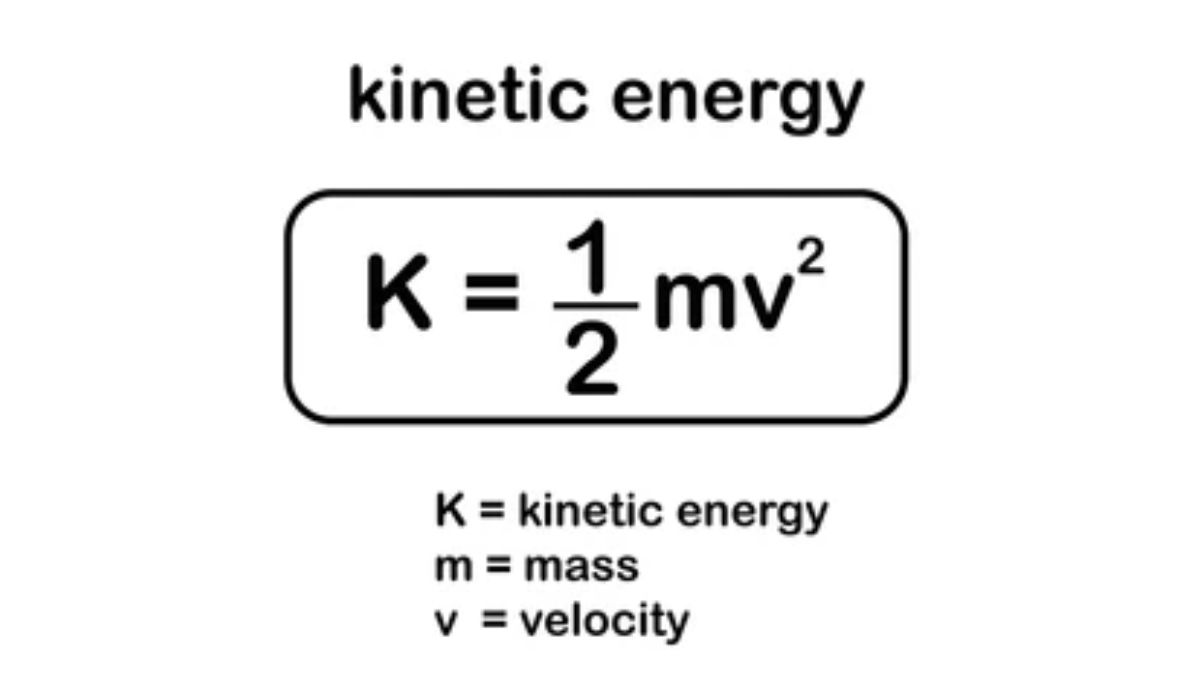
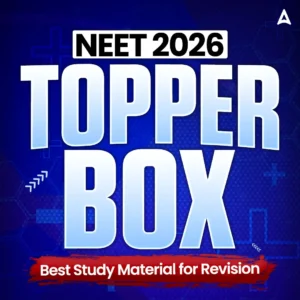







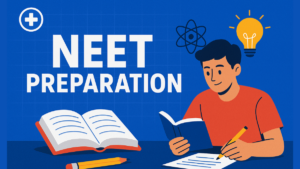 NEET Preparation Strategy 2026: Detailed...
NEET Preparation Strategy 2026: Detailed...
 Free NEET Sample Papers 2026 PDF | Downl...
Free NEET Sample Papers 2026 PDF | Downl...
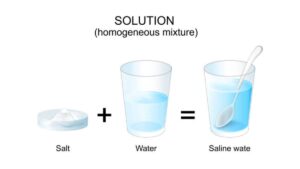 Salt Analysis NEET Notes, Check Importan...
Salt Analysis NEET Notes, Check Importan...
